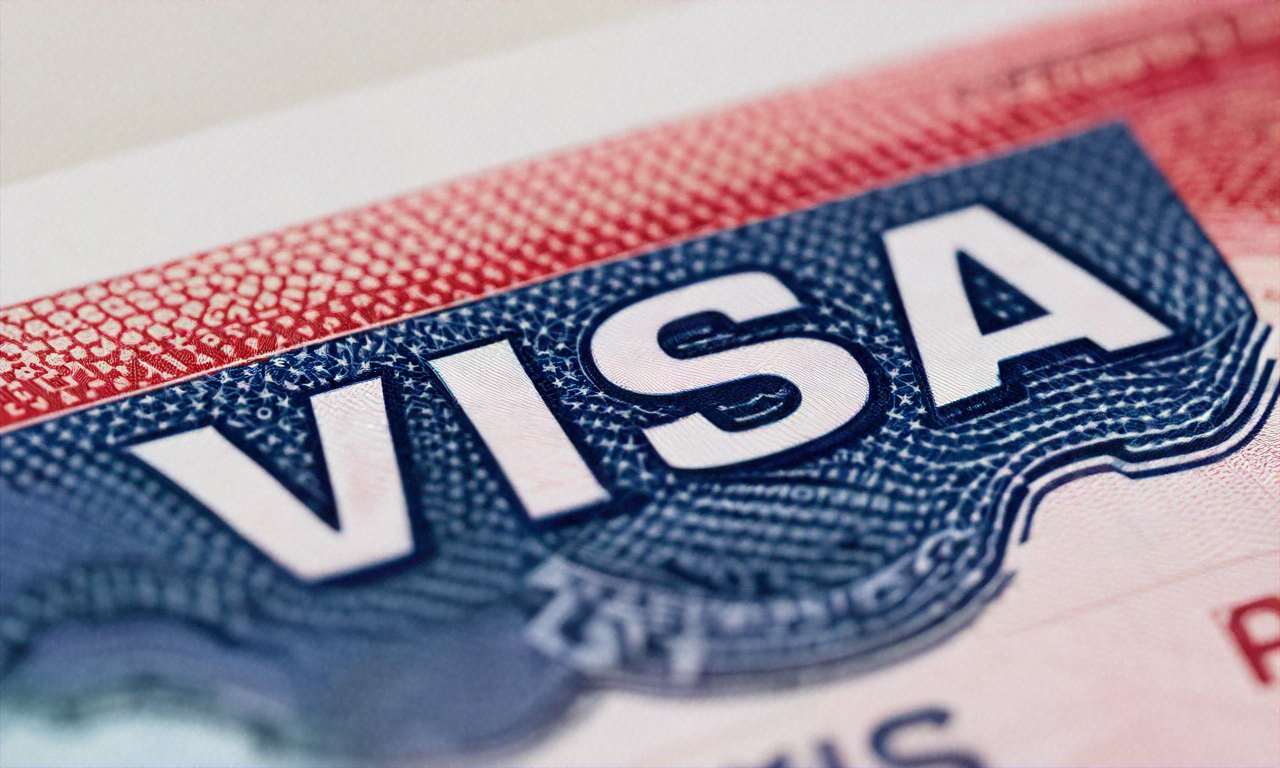Navigating Visa Requirements Across Regions
Understanding visa requirements is a crucial early step for any international trip. Rules vary widely by destination, traveler nationality, purpose of travel, and length of stay, and can change with little notice. Planning ahead, confirming documentation, and accounting for processing times reduces disruption to flights, itineraries, and onward mobility during your journey.

What visa rules apply by region?
Visa policies differ by region and depend primarily on bilateral agreements and domestic immigration priorities. Schengen countries share a common short-stay visa regime, while the United Kingdom, individual Commonwealth countries, and many Asian and African states maintain separate systems. Travelers should check entry conditions for their nationality—some countries offer visa-free travel or visa-on-arrival, others require e-visas or embassy-issued permits. Processing times, supporting documents (proof of funds, invitations, travel insurance), and biometric requirements also vary, so verify the official consular guidance for each destination well before booking.
How do flights and airfares affect planning?
Airfare availability and flight schedules influence visa timing and itinerary flexibility. Low-cost carriers and connecting flights can reduce costs but may lengthen transit times and complicate visa needs for layovers in third countries. When fares are nonrefundable or constrained by tight connection windows, allow extra time for visa processing and possible rebooking due to delays. Consider refundable tickets or travel insurance that covers schedule changes for complex multi-leg journeys. For international routes spanning multiple jurisdictions, align visa validity with scheduled arrivals and departures to avoid overstaying or denied boarding problems.
How should you plan your itinerary and routes?
Design a clear itinerary that accounts for visa validity, entry and exit dates, and any region-specific transit rules. Routes that require land crossings, rail transfers, or cruise embarkations often involve different border procedures than air travel; some borders accept e-visas only at certain entry points. Keep copies of confirmed onward tickets and accommodation reservations as many consulates ask for proof of onward travel. Build buffer days between major legs to accommodate visa collection or unexpected administrative holds, and ensure all travel documents reflect consistent spellings and personal details.
What to know about luggage and mobility?
Luggage and mobility considerations intersect with visa and entry requirements in practical ways. Countries may restrict the import of certain items, enforce different rules for assistive devices, or require declarations for high-value equipment. If you depend on mobility aids, verify that customs and transport providers permit their carriage and that any permits or medical certificates are accessible in local language where needed. For intermodal travel—combining air, rail, and cruise—confirm baggage transfer policies and allowed sizes; misaligned baggage rules can lead to delays at border controls if luggage must be inspected or rechecked.
How to manage safety, delays, and commute options?
Safety protocols at borders and in transit vary: some regions implement health screening, biometric checks, or temporary entry restrictions during crises. Expect delays during peak seasons, after policy changes, or when additional security checks are in place. Plan alternate commute options within destinations—local rail, licensed taxis, or reputable ride services—to avoid becoming stranded if a flight or train is delayed. Keep digital and printed copies of emergency contacts, embassy or consulate details, and local transport operators, and register with your government’s traveler notification system where available to receive region-specific alerts.
| Provider Name | Services Offered | Key Features/Benefits |
|---|---|---|
| Emirates | International air transport | Extensive global network, generous baggage allowance on many fares |
| Eurostar | High-speed rail (Europe) | Fast cross-border connections between major cities, central stations |
| Amtrak | Intercity rail (USA) | Accessible routes for domestic travel, diverse fare classes |
| Royal Caribbean | Ocean cruises | Wide route options with port calls across regions, onboard amenities |
| Lufthansa | International air transport | Robust intercontinental connections, comprehensive customer services |
Which transport providers are commonly used worldwide?
Different providers specialize by mode and region: major international airlines cover long-haul travel and alliance networks, high-speed and national rail operators serve regional mobility, and cruise lines connect coastal points with port-specific entry procedures. When planning, check each provider’s documentation policies—some carriers require visas or proof of onward travel before boarding—and their policies on irregular operations that can affect your ability to meet visa windows. Where possible, choose reputable carriers that publish clear guidance on travel documentation and offer customer support across time zones.
Conclusion
Careful alignment of visa requirements with flights, routes, and local mobility options reduces the risk of disruption. Verify entry rules with official consular sources, allow sufficient processing time, and document your itinerary, tickets, and accommodations consistently. Considering luggage rules, safety procedures, and reliable transport providers in advance will make cross-border travel smoother and better prepared for delays or administrative hurdles.





